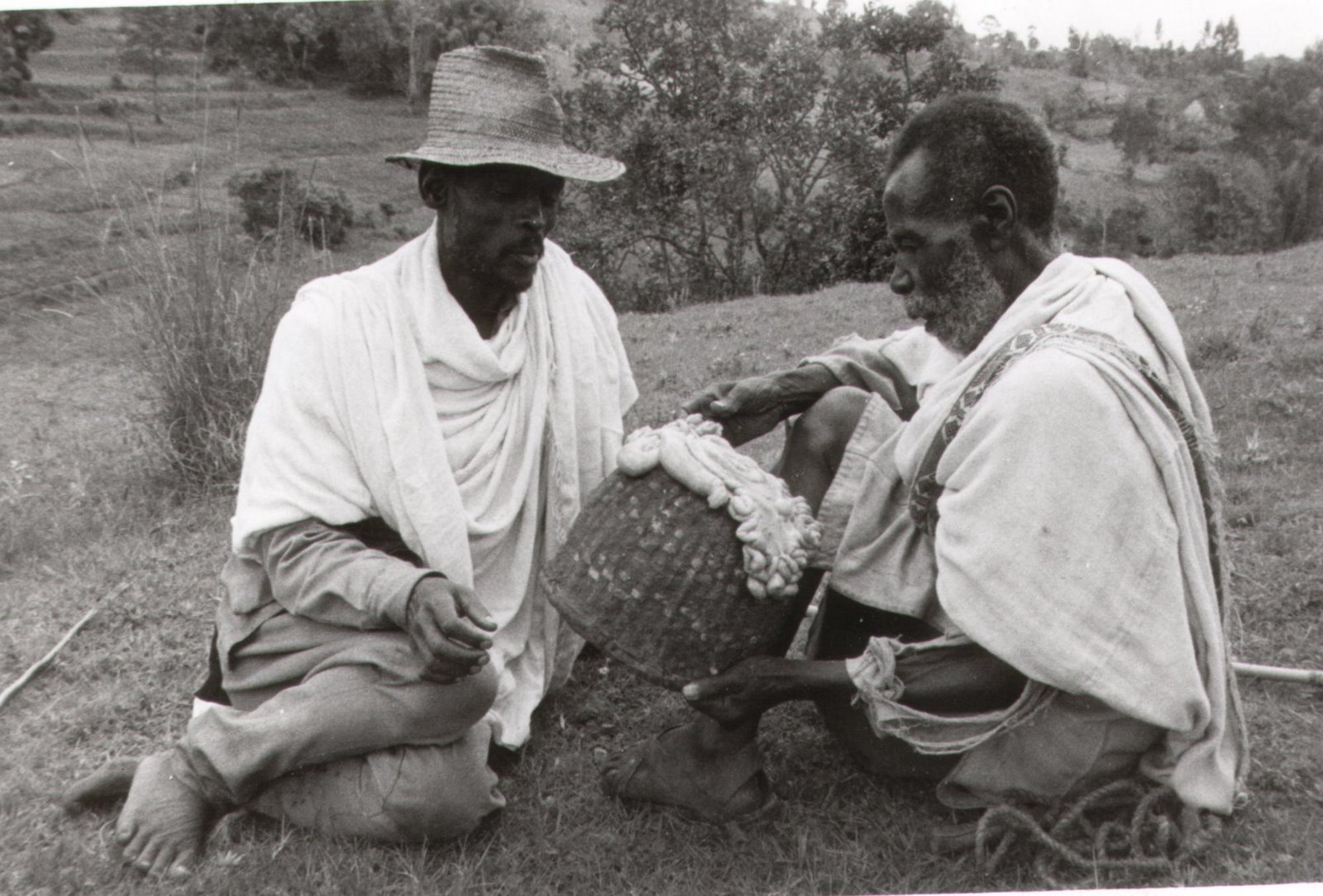Jingle Bell – Punjabi Tadka
When we started this blog, we hoped that anthropologists among our readers would be willing to contribute 'pictures of the week', photos (or videos) that would illustrate in a suggestive manner a
Language faculty? Semiotic system? Or what?
To what extent does the use of language involve a language-specific ability, to what extent is it subserved by a more general symbolic or semiotic system? This is an old and ongoing controversy to
Grieving animals?
Chimanzees mourning one of their own.
Chimps line up to watch as Dorothy, who died of heart failure, is wheeled away. Picture: Monica Szczupider, in the National Geographic Magazine (Nov. 2009)
The
Proper names in mind, language and culture
XProper names are a standard topic of anthropological research, focusing on the variety of naming systems across cultures and on the role of names in social relationships and verbal interactions (for
Inverse correlation between norms and behaviour?
We know, of course, that people don't strictly abide by the norms they publicly express: the flesh is weak, and so on, but, from an anthropological point of view, it would be surprising to see a
Evolutionary psychology under attack
Since yesterday, a new thread of email exchanges is circulating among evolutionary psychologists under the title "Newsweek attack on evolutionary psychology." Geoffrey Miller informs us: "Journalist
In memoriam: Nicola Knight
We mourn Nicola Knight who died this Tuesday, June 9, at the age of 33, from a heart attack. He was an active member of this Institute, a friend, a colleague, and a former student of many of us. The
Truth among the…
(Ten year ago or so, Maurice Bloch and I started discussing a basic issue in folk-epistemic, the variety of notions of truth across cultures, and we ran several workshops in Paris with psychologists,
Is the left hemisphere more Whorfian than the right one?
In the May 19, 2009 issue of PNAS, an article by Wai Ting Siok, Paul Kay, William S. Y. Wang, Alice H. D. Chana, Lin Chen, Kang-Kwong Luk and Li Hai Tan shows that "Language regions of
Success or Prestige? Hunters’ cultural biases
Rob Boyd and Pete Richerson have identified two biases, one based on success, the other on prestige, that might influence which individual is most imitated. If you were living in a foraging society,
The future of human cooperation: Some minuscule evidence
I look at the table of content and some abstracts in several journals, and, last week, one abstract really caught my attention. Here is how it begins:
"Globalization magnifies the problems that
Individual recognition in horses, monkeys and humans
In the last issue of PNAS (January 20, 2009; 106 (3)), there is an article on "Cross-modal individual recognition in domestic horses (Equus caballus)" by Leanne Proops, Karen McComb and David Reby.
Why does sneezing elicit blessing?
I have long been puzzled by the title question, and have never come across a satisfactory answer. So, let me share the puzzle and raise a few more specific questions:
A) Ethnographic questions:
Claude Lévi-Strauss: the first 100 years
Claude Lévi-Strauss - who is 100 years old today! - may well be the most famous anthropologist in the history of the discipline (or is it Margaret Mead?). Among French intellectuals, he cut a
Cosma Shalizi on Supernatural Horror in Electoral Politics
Some of you may not know Cosma Shalizi, one of the most interesting intellectuals and interdisciplinary scientists of our time. Well, the last post in his blog, Three-Toed Sloth asks an anthropolog
Tasty food for anthropological thought
Picture: Taste buds from Gray's Anatomy
The alleged non-existence of universal colours categories provided a textbook illustration for cultural and linguistic relativism until Berlin and Kay’s
Ideas of immanent justice in cognition and culture
How common in cognitive development and how widespread across cultures is the idea of immanent justice, with the good or bad fortune being seen as generally deserved and even as a sign of the moral
Picture of the week: enteromancy among the Dorze of Southern Ethiopia
This picture, taken in 1969, shows two Dorze elders discussing how to interpret the entrails of a lamb that had just been slaughtered.
The pattern of blood vessels on the entrails represents
A cultural practice, conjuring, gives food for thought to cognitive neuroscientists
Ideally, the relationship between the cognitive and the social sciences should be a reciprocal one. However, and with some notable exception (e.g. Berlin and Kay's work on colours), it has been more
Cognition, Culture and Caricature
You may, like me, have seen the cover of the 14th of July New Yorker depicting a Barack Obama as a Muslim and Michelle Obama as a terrorist, with a portrait of Osama Bin Laden on the wall and an






